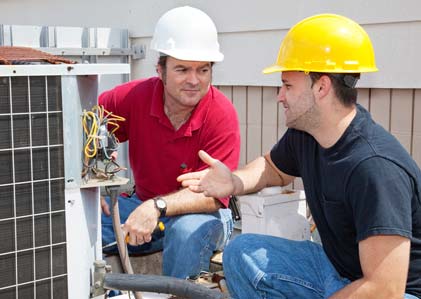Energy prices in the US have risen dramatically. In January of 2023, consumers paid, on average, 14.3 percent more for their energy bills than they did the previous year. The rate increases varied by state, with Floridians seeing about 13 percent and residents of Hawaii having to contend with over 34 percent. Electricity in homes is a basic necessity not only for comfort but also for sanitation and medical reasons.
These rate hikes are putting an increasing strain on low-income families, whereas higher-earning families may need help to absorb the added expense. Thankfully, some programs play a crucial role in supporting low-income households by ensuring access to affordable and reliable energy services. Financial assistance and energy efficiency upgrades help alleviate the burden of high energy costs and create more sustainable and equitable communities.
“Many low-income families spend a disproportionate amount of their income on energy. The goal of our program is to reduce the burden for those families so that they are paying the median energy burden of the state of Nevada,” shares Maria Wortman-Meshberger, the chief of employment and support services at the Division of Welfare and Support Services in Nevada.
However, not everyone is aware of these programs: “We find that many families might not know about energy assistance, or it is the last thing they want to apply for, especially in our older Nevadans. Sometimes they’ll continue to struggle to pay their bills instead of maybe applying for assistance,” says Wortman-Meshberger. “Many people know about SNAP or Medicaid but will wait until their power may be shut off to act on it. We can help if they qualify and help stop the disconnection. I really encourage families to apply early and see if they qualify.”
According to Wortman-Meshberger, something as simple as assistance paying an energy bill can really help a family. “Participants tell us how amazing and helpful it can be to have help with energy costs so that the money they do have can be used for their other needs. It means a lot to them. Anytime you get any kind of benefit or social service to help relieve a financial burden on a family, it’s a big deal.”
Keep reading to learn about the federal Low Income Home Energy Assistance Program (LIHEAP), local options, and recent changes to Nevada’s energy assistant programs.




